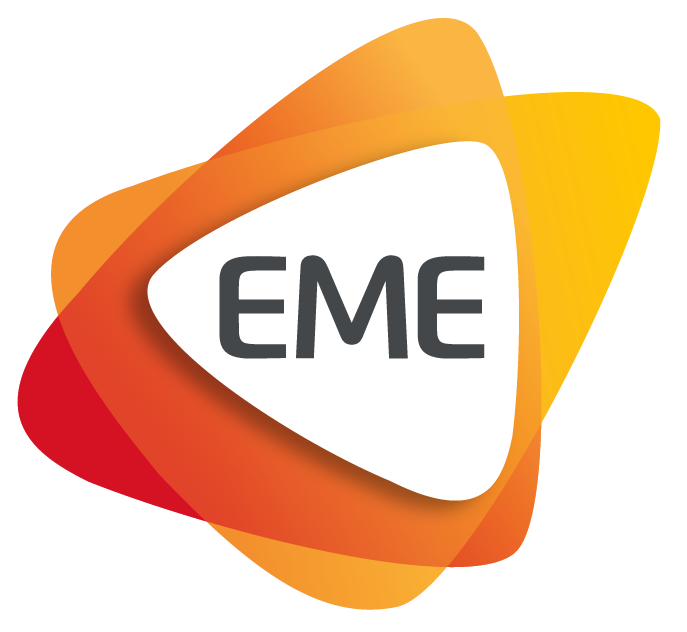
[astra_breadcrumb]
Best practices
Easy-Dutch – language studies as a part of Culturally sensitive care ambassador training
#method #language #vocationaltraining #empowerment
The good practice in a nutshell
The Easy-Dutch type of language training is for immigrants who have basic-level command of one of the country’s official languages. With reference to the language levels of the Common European Framework of Reference for Languages (CEFR), participants should have reached A1 in order to be able to follow the training.
The training programme is a combination of language courses (in Dutch), vocational courses (in care), and social-orientation courses (in communication and ICT). Combining the different courses doesn’t just give the participant an opportunity to learn the language; it also appeals to their talents and interests. Thus, participants can work more quickly toward their dream job and are motivated to continue studying.
Furthermore, since the training combines several courses, participants stay in the same group, which strengthens the group dynamics.
Developer or user
EVA bxl, Belgium
Target group
Job-seekers with a migration background
Why it is needed
Insufficient language skills are often an obstacle for job-seekers who want to start vocational training. With lower language requirements, people can participate from earlier on and get a taste of the occupation – and practise it. This way, they will not be left out.
Furthermore, in Brussels a bilingual resident (knowing Dutch and French) will find a job more easily. For this reason, we combined the orientation aspect of the training with the plain-language approach.
Resources
The good practice requires:
- one or more trainers with good language skills
Expected outcomes
- The training facilitates further learning, and participants are motivated when their efforts and input are appreciated.
- The training strengthens the language skills of the participants.
‘Do’s and ‘don’t’s
- Start with the qualities, competencies, and experiences that the participants have already acquired, and approach these in a positive way.
- A flexible and pragmatic attitude on the instructor’s part is needed.
- Ensure good communication between the teachers, to follow up on the progress of the participants.
Applicability
The combination of vocational training and language courses is easily applied in numerous situations.
Quotes from the other project partners
‘We find this practice very empowering, and in the long run it can improve the employment of migrants if/when they keep motivated and learn the language needed in vocational training and/or work.’ (TAKK & Helsingin aikuisopisto, Finland)
‘It is applicable and flexible and fits different frameworks.’ (TAKK & Helsingin aikuisopisto, Finland)
Additional information
- How does it work? (pdf)
